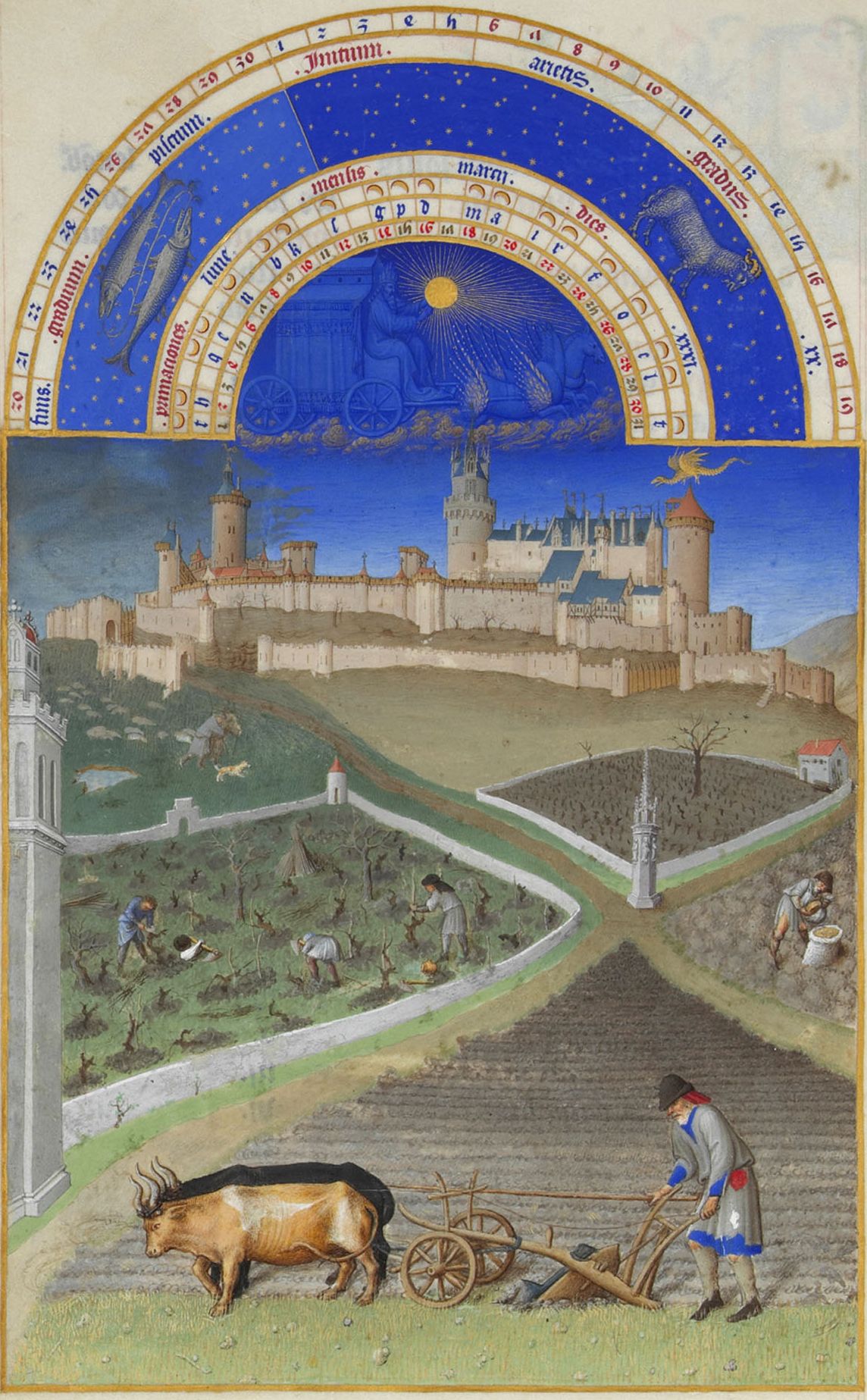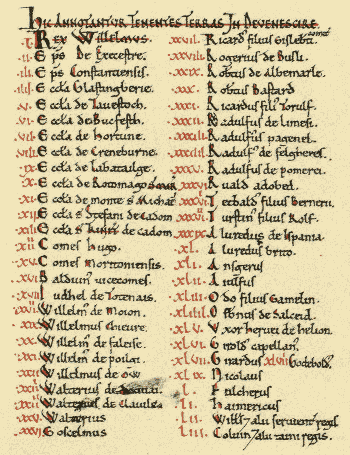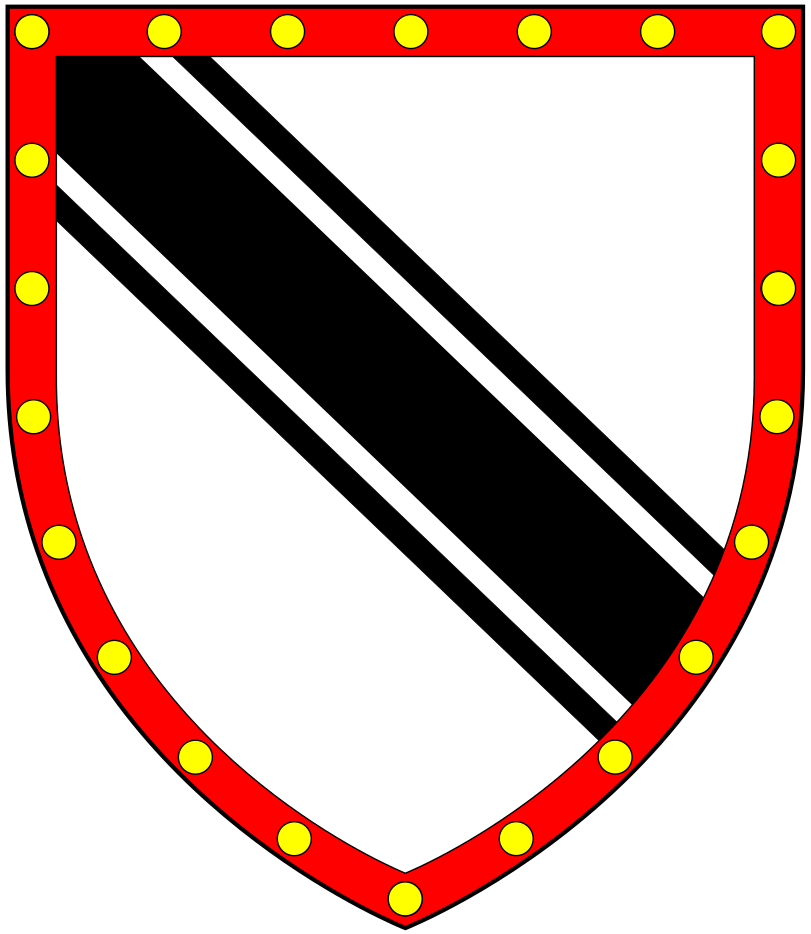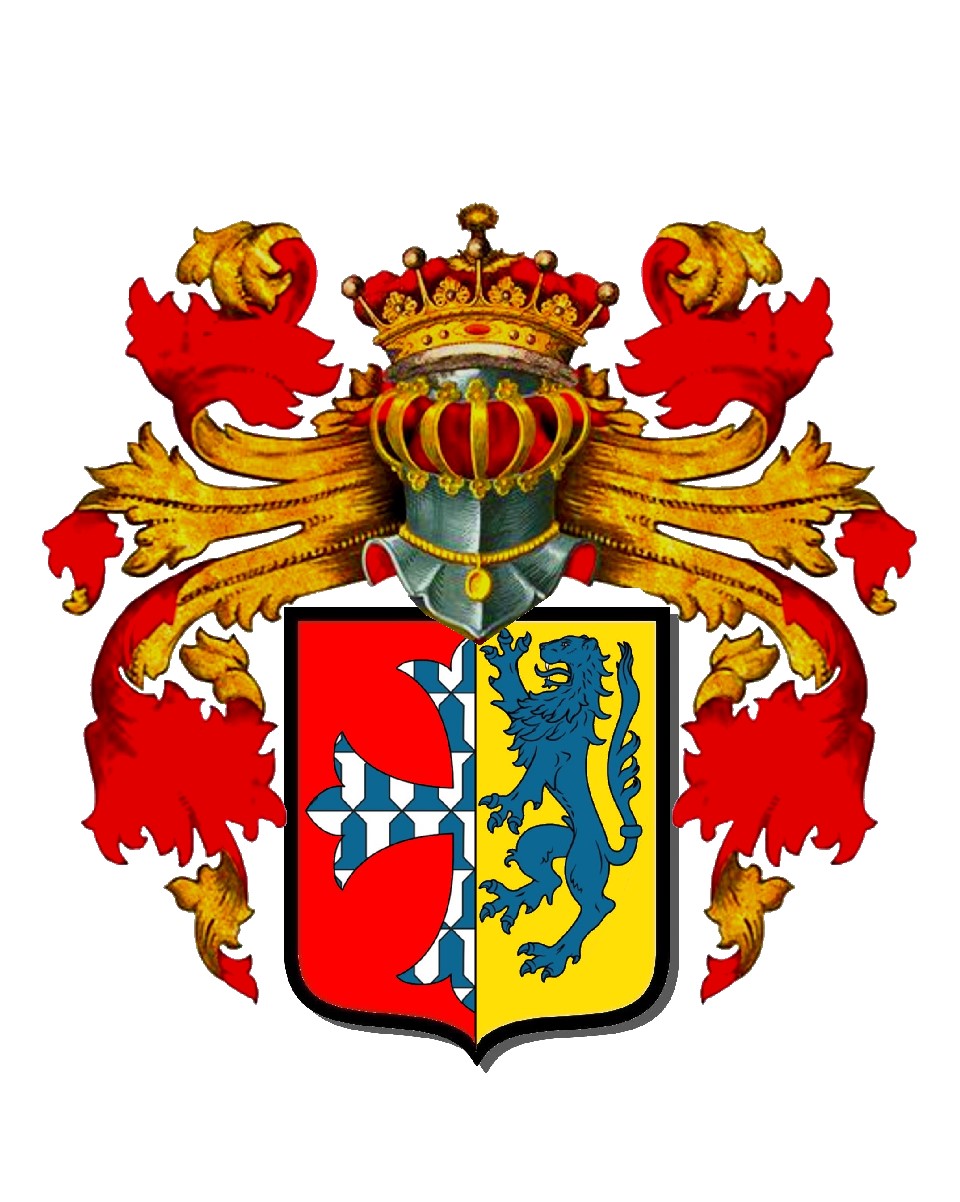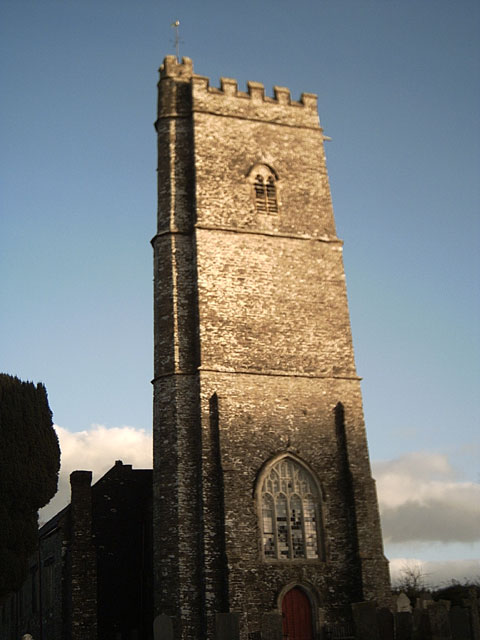|
Manor Of Heanton Punchardon
The Manor of Heanton Punchardon was a manor in the parish of Heanton Punchardon, Devon, England. Descent of the manor Punchardon ''Hantone'' is recorded in the Domesday Book of 1086 as held by Robert de Pont-Chardon from Baldwin the Sheriff (died 1090), first feudal baron of Okehampton. The manor of Hantone included a mill, a fishery, had land for 12 ploughs with 24 villagers, with 10 acres of meadow, 100 acres of pasture and 100 acres of woodland. Of livestock it had 11 cattle, 9 pigs and 163 sheep. Robert's family were lords of the manor of '' Pont-Chardon'' ("Chardon Bridge", literally "Thistle Bridge") (modern ''Pontchardon'') in Calvados, Normandy, situated on the River Touques. His name was Latinized to ''de Ponte Cardonis'' or ''de Ponte Carduno'' ("from the bridge of Cardon"). Robert de Pont-Chardon was certainly well rewarded for his companionship and support by Baldwin FitzGilbert (died 1090), Sheriff of Devon, and feudal baron of Okehampton (alias ''Baldwin de ... [...More Info...] [...Related Items...] OR: [Wikipedia] [Google] [Baidu] |
Manorialism
Manorialism, also known as the manor system or manorial system, was the method of land ownership (or " tenure") in parts of Europe, notably France and later England, during the Middle Ages. Its defining features included a large, sometimes fortified manor house in which the lord of the manor and his dependents lived and administered a rural estate, and a population of labourers who worked the surrounding land to support themselves and the lord. These labourers fulfilled their obligations with labour time or in-kind produce at first, and later by cash payment as commercial activity increased. Manorialism is sometimes included as part of the feudal system. Manorialism originated in the Roman villa system of the Late Roman Empire, and was widely practiced in medieval western Europe and parts of central Europe. An essential element of feudal society, manorialism was slowly replaced by the advent of a money-based market economy and new forms of agrarian contract. In examining ... [...More Info...] [...Related Items...] OR: [Wikipedia] [Google] [Baidu] |
Devon Domesday Book Tenants-in-chief
The Domesday Book of 1086 lists in the following order the tenants-in-chief in Devonshire of King William the Conqueror: * Osbern FitzOsbern (died 1103), Bishop of Exeter *Geoffrey de Montbray (died 1093), Bishop of Coutances * Glastonbury Church, Somerset * Tavistock Church, Devon * Buckfast Church, Devon * Horton Church, Dorset * Cranborne Church, Dorset * Battle Church, Sussex * St Mary's Church, Rouen, Normandy * Mont Saint-Michel Church, Normandy * St Stephen's Church, Caen, Normandy *Holy Trinity Church, Caen * Hugh d'Avranches, 1st Earl of Chester (died 1101) *Robert, Count of Mortain (died 1090), half-brother of the king *Baldwin de Moels (died 1090), Sheriff of Devon, feudal baron of Okehampton, * Juhel de Totnes (died 1123/30), feudal baron of Totnes, Devon *William de Mohun (died post 1090), feudal baron of Dunster, Somerset * William Cheever, ( Latinised to ''Capra'', "she-goat"), feudal baron of Bradninch, Devon. He was brother of Ralph de Pomeroy (see below), feu ... [...More Info...] [...Related Items...] OR: [Wikipedia] [Google] [Baidu] |
Whitechapel, Bishops Nympton
Whitechapel is an ancient former manor within the parish of Bishops Nympton, in north Devon. It was the earliest known residence of the locally influential Bassett family until 1603. The core of the present manor house is late 16th or early 17th century, with later additions and alterations, and was classed as Grade I listed on 9 June 1952. History The 1086 Domesday Book entry for the very large manor of ''Nimetone'', with land for 52 ploughs, is listed as one of 24 holdings of the Bishop of Exeter, and was held by him in demesne. It does not mention Whitechapel or any sub-manors within Nimetone. The first record of Whitechapel as a member of the manor of ''Nymeton Episcopi'' (Latin for "Nympton of the Bishop") is in the records of Feudal Aids, where it is called in French ''La Chapele'' and in Latin ''Alba Capella'' ("White Chapel") Coulter, writing in 1993, although he found several early references to Whitechapel, was unable to find any historical record describing the fo ... [...More Info...] [...Related Items...] OR: [Wikipedia] [Google] [Baidu] |
Deed
In common law, a deed is any legal instrument in writing which passes, affirms or confirms an interest, right, or property and that is signed, attested, delivered, and in some jurisdictions, sealed. It is commonly associated with transferring (conveyancing) title to property. The deed has a greater presumption of validity and is less rebuttable than an instrument signed by the party to the deed. A deed can be unilateral or bilateral. Deeds include conveyances, commissions, licenses, patents, diplomas, and conditionally powers of attorney if executed as deeds. The deed is the modern descendant of the medieval charter, and delivery is thought to symbolically replace the ancient ceremony of livery of seisin. The traditional phrase ''signed, sealed and delivered'' refers to the practice of seals; however, attesting witnesses have replaced seals to some extent. Agreements under seal are also called contracts by deed or ''specialty''; in the United States, a specialty is enf ... [...More Info...] [...Related Items...] OR: [Wikipedia] [Google] [Baidu] |
Thomas Westcote
Thomas Westcote (c. 1567 – c. 1637) (''alias'' Westcott) of Raddon in the parish of Shobrooke in Devon, was an English historian and topographer of Devon. Biography He was baptised at Shobrooke in Devon on 17 June 1567. He was the third son of Philip Westcote (died 1601) of West Raddon in the parish of Shobrooke, by his wife Katharine Waltham, a daughter of George Waltham of Brenton in the parish of Exminster, Devon. In his youth he was a soldier, traveller, and courtier, but in middle age he retired to a country life, probably living at West Raddon with his eldest brother, Robert. In 1624 he held a lease of Thorn Park in the parish of Holcombe Burnell. Westcote interested himself in local antiquities, encouraged by his friendships with fellow Devonshire historians Sir William Pole (1561–1635) and Tristram Risdon (1580–1640). He aimed at a description of Devon, following the model of the ''Survey of Cornwall'' by Richard Carew (1555–1620) published in 1602. He was e ... [...More Info...] [...Related Items...] OR: [Wikipedia] [Google] [Baidu] |
Baldwin De Redvers, 6th Earl Of Devon
Baldwin de Redvers, 6th Earl of Devon (1217 – 15 February 1245), feudal baron of Plympton in Devon and Lord of the Isle of Wight, was the son of Baldwin de Redvers and Margaret FitzGerold and grandson of William de Redvers, 5th Earl of Devon. Career Because his father died at a young age it is likely that Baldwin was born posthumously. Although it is not recorded when he came of age and did homage for his lands, it is known that he was knighted by King Henry III and created 6th Earl of Devon on Christmas Day 1239 at Winchester. In 1240 he departed to the Holy Land on the Barons' Crusade with a host of crusaders led by Richard of Cornwall. Family and children In 1235 he married Amice de Clare (1220–1284), daughter of Gilbert de Clare, 4th Earl of Hertford and had the following children: # Baldwin de Redvers, 7th Earl of Devon. # Isabella de Redvers, Countess of Devon (or Isabella de Fortibus) (died 1293), married William de Forz, 4th Earl of Albemarle. After the de ... [...More Info...] [...Related Items...] OR: [Wikipedia] [Google] [Baidu] |
Isabella De Forz, Countess Of Devon
Isabel de Forz (July 1237 – 10 November 1293) (or Isabel de Redvers, Latinized to Isabella de Fortibus) was the eldest daughter of Baldwin de Redvers, 6th Earl of Devon (1217–1245). On the death of her brother Baldwin de Redvers, 7th Earl of Devon in 1262, without children, she inherited ''suo jure'' (in her own right) the earldom and also the feudal barony of Plympton in Devon, and the Lordship of the Isle of Wight. After the early death of her husband and her brother, before she was thirty years old, she inherited their estates and became one of the richest women in England, living mainly in Carisbrooke Castle on the Isle of Wight, which she held from the king as tenant-in-chief. She had six children, all of whom died before her. On her death bed, she was persuaded to sell the Isle of Wight to King Edward I, in a transaction that has ever since been considered questionable. Her heir to the feudal barony of Plympton was her cousin Hugh de Courtenay, 1st/9th Earl of Devon ( ... [...More Info...] [...Related Items...] OR: [Wikipedia] [Google] [Baidu] |
Marwood, Devon
Marwood is a village in North Devon north of Barnstaple. The village contains of ornamental gardens open to the public, known as Marwood Hill Gardens. The gardens were developed by Jimmy Smart, who died in 2002. There is a tea-room. An electoral ward A ward is a local authority area, typically used for electoral purposes. In some countries, wards are usually named after neighbourhoods, thoroughfares, parishes, landmarks, geographical features and in some cases historical figures connected to t ... with the same name exists whose population at the 2011 census was 1,879. On an island in the middle lake at Marwood Hill Gardens is a sculpture of a mother and children by John Robinson, who also sculpted the font-cover in the 13th-century church at Marwood. A bronze sculpture of two swans arising from the lower lake was created by Jonathan Cox. References External links Villages in Devon {{Devon-geo-stub ... [...More Info...] [...Related Items...] OR: [Wikipedia] [Google] [Baidu] |
Shirwell
Shirwell is a village, civil parish and former manor in the local government district of North Devon, in the county of Devon, England. It was also formerly the name of a hundred of Devon. The village lies about 3.5 miles north-east of the town of Barnstaple, to the east of the A39 road to Lynton. The parish is surrounded clockwise from the north by the parishes of East Down, Arlington, Loxhore, Bratton Fleming, Goodleigh, Barnstaple, West Pilton and Marwood. In 2001 its population was 333, little changed from the 1901 figure of 338. The parish church in the village is the church of St Peter which has 13th-century origins while the chancel is of 14th-century date. It underwent a Victorian restoration by the architect William White between 1873 and 1889. An effigy in the chancel is said to be of Blanche St. Leger (d.1483) and above this is a monument to Lady Anne Chichester (d. 1723). Other 18th-century monuments survive in the church. The aviator and sailor Sir Francis Ch ... [...More Info...] [...Related Items...] OR: [Wikipedia] [Google] [Baidu] |
Charles, Devon
Charles is a village and former civil parish, now in the parish of Brayford, in the North Devon district of Devon, England. Its nearest town is South Molton, which lies approximately south-east from the hamlet, just off the A399 road List of A roads in zone 3 in Great Britain Great Britain is an island in the North Atlantic Ocean off the northwest coast of continental Europe. With an area of , it is the largest of the British Isles, the largest European island an .... In 1961 the parish had a population of 203. On 1 April 1986 the parish was abolished and merged with Brayford. References Villages in Devon Former civil parishes in Devon North Devon {{Devon-geo-stub ... [...More Info...] [...Related Items...] OR: [Wikipedia] [Google] [Baidu] |
Ilfracombe
Ilfracombe ( ) is a seaside resort and civil parishes in England, civil parish on the North Devon coast, England, with a small harbour surrounded by cliffs. The parish stretches along the coast from the 'Coastguard Cottages' in Hele Bay toward the east and along the Torrs to Lee Bay toward the west. The resort is hilly and the highest point within the parish boundary is 'Hore Down Gate', inland and 860 feet (270 m) above sea level. The landmark of Hillsborough, Devon, Hillsborough Hill dominates the harbour and the site of an Iron Age fortified settlement. In the built environment, the architectural-award-winning Landmark Theatre, Devon, Landmark Theatre is either loved or hated for its unusual double-conical design. The 13th century parish church, Holy Trinity Church, Ilfracombe, Holy Trinity, and the St Nicholas's Chapel (a lighthouse) on Lantern Hill, have been joined by Damien Hirst's statue of ''Verity (statue), Verity'' as points of interest. History Ilfracombe has ... [...More Info...] [...Related Items...] OR: [Wikipedia] [Google] [Baidu] |
East Hagginton
{{Use dmy dates, date=April 2022 East Hagginton was a historic estate within the manor and parish of Berrynarbor near to the coast of North Devon. It is near to, if not actually encompassing, the site of Watermouth Castle. History Descent of the estate Variants of estates relating to the modern "Hagginton" are listed three times in the Domesday Book of 1086, referring to three almost or actually contiguous estates, all within Braunton hundred, two within the manor and parish of Berrynarbor, the third within the manor of Ilfracombe, immediately to the west of Berrynarbor. The Saxon name means "Haecga's farm". "Hagginton Hill" has survived today as the name of a hill immediately to the west of Berrynarbor village, and West Haggington Farm survives also. The three Domesday Book entries are as follows: *''Hagintone'' (East Hagginton, in Berrynarbor parish, Braunton Hundred) was listed in the Domesday Book as the 27th of the 90 Devon holdings of Drogo which he held as mesne tenant fro ... [...More Info...] [...Related Items...] OR: [Wikipedia] [Google] [Baidu] |

